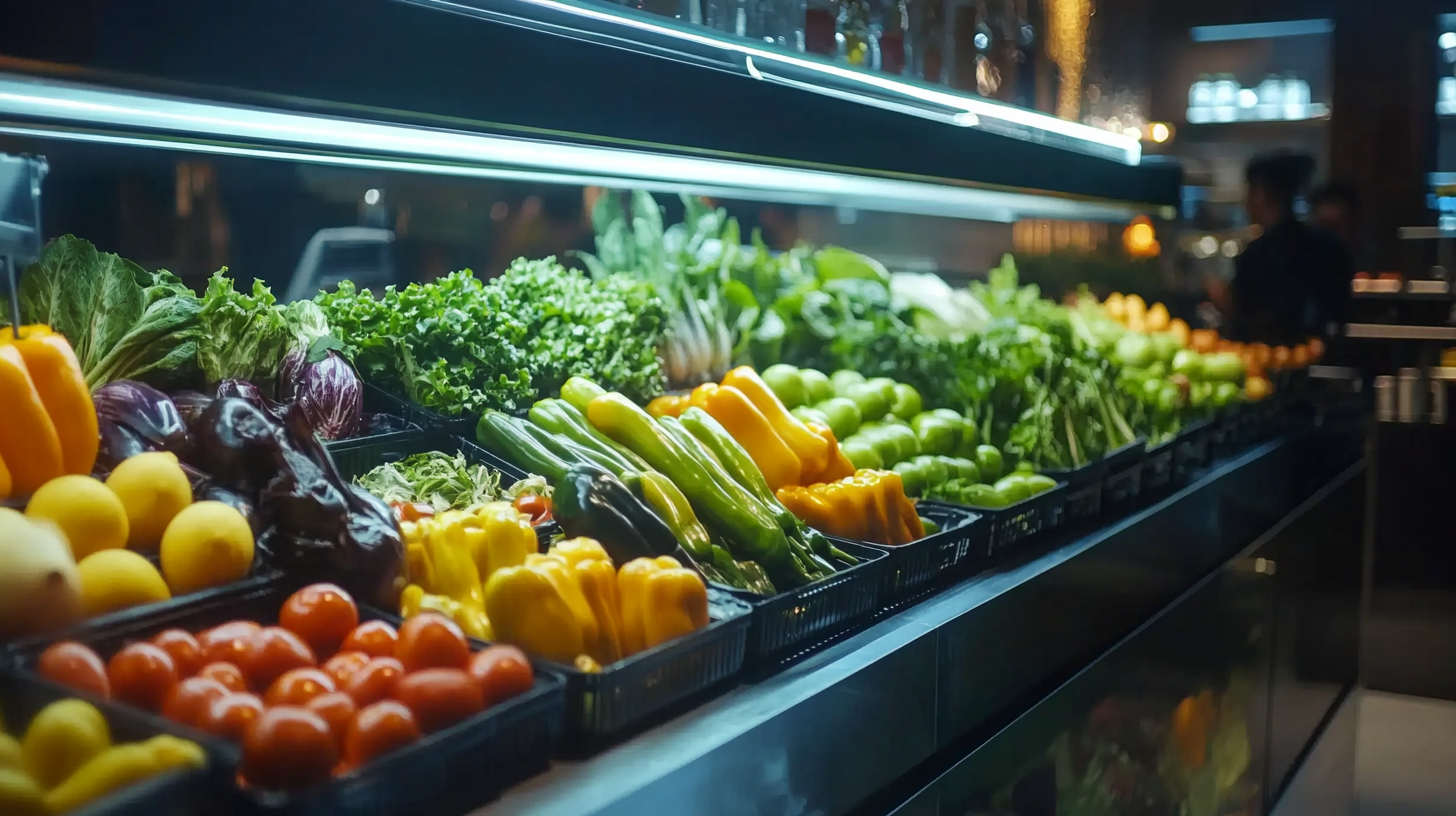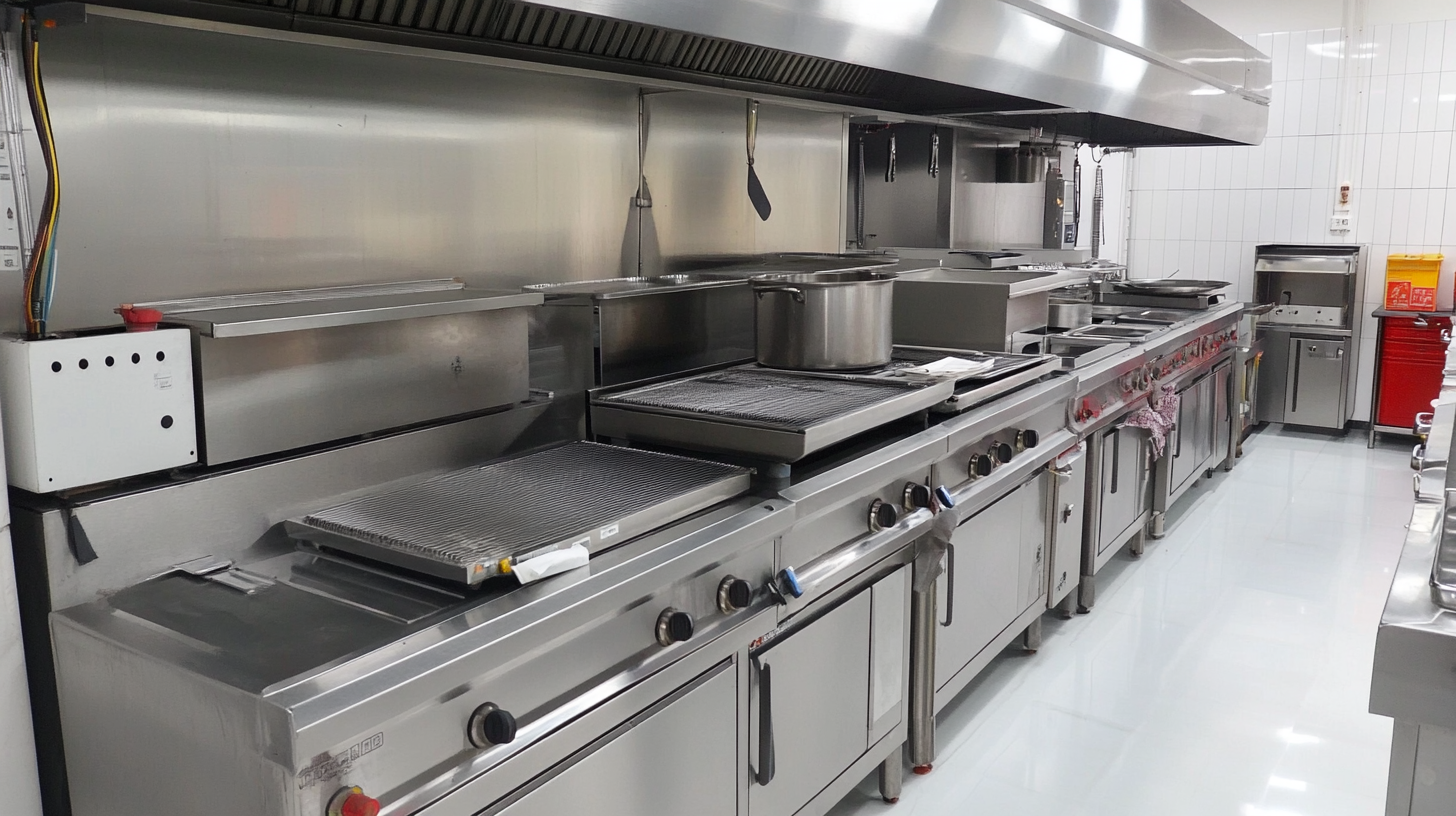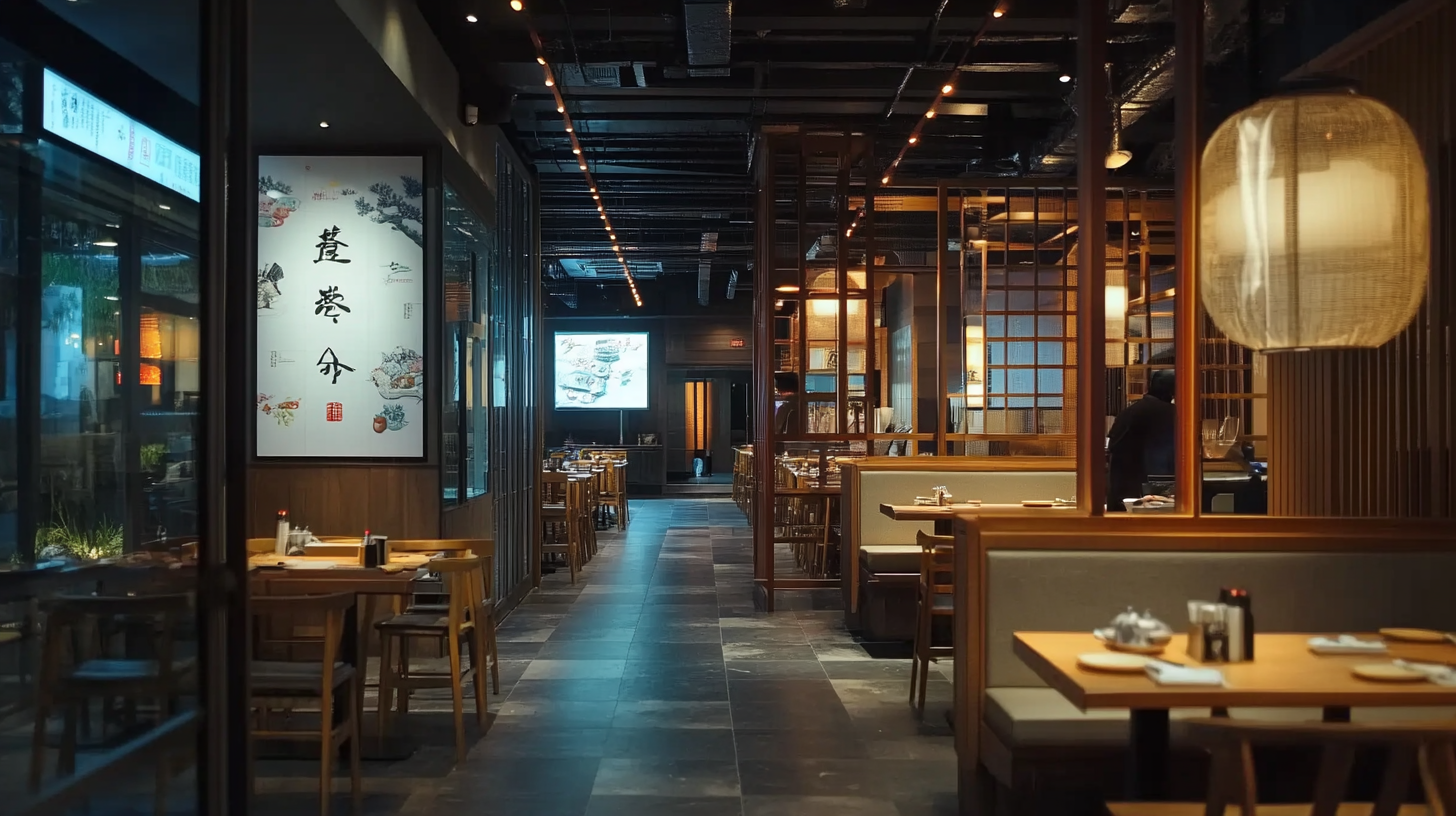Challenges Faced by Global Buyers in Sourcing Restaurant Equipment
In today's rapidly evolving food service landscape, sourcing quality restaurant equipment remains a significant challenge for global buyers. According to a report by IBISWorld, the restaurant equipment industry is projected to reach $15 billion in revenue by 2025, reflecting a growing demand driven by the expansion of dining establishments worldwide. However, buyers often encounter hurdles such as rising material costs, fluctuating supply chain dynamics, and the complexity of regulatory compliance across different regions, all of which could impact the seamless procurement of critical kitchen and dining tools.
Moreover, a survey conducted by the Foodservice Equipment & Supplies (FE&S) magazine highlighted that 47% of restaurant operators consider sourcing challenges to be their top concern when upgrading equipment. This underscores the need for a strategic approach to purchasing decisions, as well as the integration of innovative solutions to enhance efficiency and reduce costs. As global buyers navigate these complexities, understanding market trends and leveraging advanced sourcing techniques will be essential in securing the best restaurant equipment to meet their operational needs.

Understanding the Complexities of Global Sourcing for Restaurant Equipment
Global sourcing for restaurant equipment involves navigating a complex web of challenges that buyers must contend with. According to a report by Technavio, the global commercial kitchen equipment market is expected to grow by over $5 billion by 2024, driven largely by demand for innovative and efficient solutions. However, along with this growth come multifaceted sourcing challenges that can significantly impact operational efficiency. One of the primary complexities faced by global buyers is understanding regulatory compliance across various regions. Diverse safety standards, materials regulations, and environmental laws can lead to confusion and potential delays. For instance, the Food and Drug Administration (FDA) and European Food Safety Authority (EFSA) have stringent guidelines that must be adhered to, often requiring thorough documentation and testing. Failure to comply can not only halt shipments but also result in costly fines. Additionally, fluctuations in international trade agreements and tariffs further complicate global sourcing efforts. The "Tariff Act of 1930," also known as the Smoot-Hawley Tariff Act, indicates how quickly tariff policies can change, impacting costs dramatically. According to a report from the International Trade Administration, such fluctuations can increase sourcing costs by up to 25%, compelling businesses to rethink their supply chain strategies. Lastly, managing logistics in global sourcing is increasingly challenging due to rising freight costs and shipping delays. According to a recent survey by the National Restaurant Association, 80% of restaurateurs reported difficulty in obtaining the necessary equipment due to supply chain disruptions. This underscores the need for buyers to have contingency plans and cultivate relationships with multiple suppliers around the world to mitigate risks effectively.

Navigating Currency Fluctuations and Their Impact on Purchasing Decisions
Sourcing restaurant equipment on a global scale presents significant challenges for buyers, particularly when it comes to navigating currency fluctuations. These fluctuations can drastically affect purchasing decisions, often making equipment sourced internationally unpredictably expensive. When the value of a currency drops, the cost of imported goods rises, leading restaurant owners to reconsider their purchasing strategies. This unpredictability requires businesses to stay informed about exchange rates and potentially adjust their budgets frequently.
Another layer of complexity arises from the timing of purchases. Many global buyers need to lock in prices and currency rates ahead of time to mitigate risks associated with currency volatility. This means they must not only analyze current market conditions but also predict future trends — a task that can be daunting without expert knowledge or real-time data. The strategy often involves hedging investments or using forward contracts to secure favorable rates, but these options can also introduce additional costs and require in-depth financial analysis.
Furthermore, currency fluctuations can impact the overall supply chain, causing delays and increasing logistical costs. Buyers must consider the total cost of acquisition, which includes shipping and handling, taxes, and potential tariffs. As they weigh their options, they may also find themselves seeking local suppliers as a fallback, which might not always offer the same quality or variety. Ultimately, understanding the nuances of currency impacts is crucial for making informed purchasing decisions in an ever-changing global market.

Evaluating Quality Standards Across Different Countries and Manufacturers
The global sourcing of restaurant equipment poses significant challenges, particularly when evaluating quality standards that vary across countries and manufacturers. As restaurants increasingly look to international suppliers to optimize costs and enhance their offerings, understanding these quality benchmarks becomes paramount. According to a 2022 report by the National Restaurant Association, 67% of restaurateurs expressed concerns about the reliability of equipment sourced from overseas, citing discrepancies in quality that could impact their operations and customer satisfaction.
Manufacturers in different regions may adhere to distinct regulations, certifications, and quality standards, making it crucial for buyers to perform due diligence. For instance, while European manufacturers often comply with stringent CE certification requirements, Asian manufacturers might follow ISO standards that could differ in interpretation and implementation. A study by the International Organization for Standardization indicates that 40% of equipment failures can be traced back to non-compliance with local quality standards, emphasizing the importance of aligning expectations throughout the sourcing process.
Additionally, the perception of quality can be influenced by cultural differences. What is deemed reliable and robust in one region may not hold the same value in another. A survey by QSR Magazine revealed that 55% of restaurant owners have faced equipment malfunctions within the first year of purchase due to misunderstandings related to quality standards. This highlights the need for a comprehensive understanding of both local market expectations and international quality requirements to mitigate risks and improve overall equipment reliability in the fast-paced restaurant industry.

Overcoming Language Barriers and Communication Challenges in Supplier Relations
In today's global marketplace, sourcing restaurant equipment poses unique challenges, particularly for buyers facing language barriers. Effective communication is crucial in establishing strong supplier relations, yet language differences can create misunderstandings that complicate negotiations and lead to costly errors. As highlighted in various sectors, overcoming these linguistic hurdles often requires dedication and innovative strategies.
Building rapport with suppliers is essential, and one way to navigate language barriers is through the simplification of communication. Just as families with limited English proficiency benefit from clear, direct conversations, so too can buyers in the foodservice industry find clarity in their dealings. Utilizing visual aids, translating key terms, and employing simple language can facilitate better understanding and foster a more collaborative relationship.
Furthermore, technology plays a significant role in bridging the communication gap. Leveraging translation apps and global supplier relationship management software can streamline interactions and enhance efficiency. Just as seen in the coffee supply chain, where cultural and linguistic nuances affect engagement, restaurant equipment buyers must be mindful of these differences to cultivate successful partnerships globally. Embracing these challenges can lead to not only smoother transactions but also a richer, more inclusive business environment.
Logistical Hurdles: Shipping Delays and Customs Complications in Equipment Procurement
In the current global landscape, sourcing restaurant equipment presents numerous logistical hurdles that can severely impact buyers. As highlighted in various reports, including those observing the broader supply chain challenges, logistical inefficiencies can cause significant delays in the procurement process. Shipping delays and customs complications are now more prevalent than ever, as international trade systems continue to grapple with disruptions. For instance, the average wait time for imported goods can stretch from weeks to several months due to strict customs checks and a backlog of shipments at ports.
Recent analysis indicates that global supply chains have become increasingly interdependent, making them susceptible to localized shocks. In particular, the pandemic illustrated how even minor bottlenecks—such as labor shortages and trade barriers—can ripple across continents, affecting the availability of essential equipment in the restaurant industry. A report noted that procurement timelines could extend significantly, with estimates suggesting that in some regions, delivery times for critical supplies reached up to six months. This is especially pressing for establishments that rely heavily on timely equipment delivery to maintain operations.
Moreover, the financial implications add another layer of complexity. Rising shipping costs have led to an increase in overall procurement expenses, which can severely strain restaurant budgets. A substantial portion of funds that should be allocated for equipment purchase is instead consumed by exorbitant shipping fees. This reality places additional pressure on global buyers, compelling them to explore alternative sourcing strategies or consider local suppliers to avoid the pitfalls associated with international procurement. As the industry continues to adapt, understanding and navigating these logistical hurdles will be vital for successfully securing the needed equipment.

